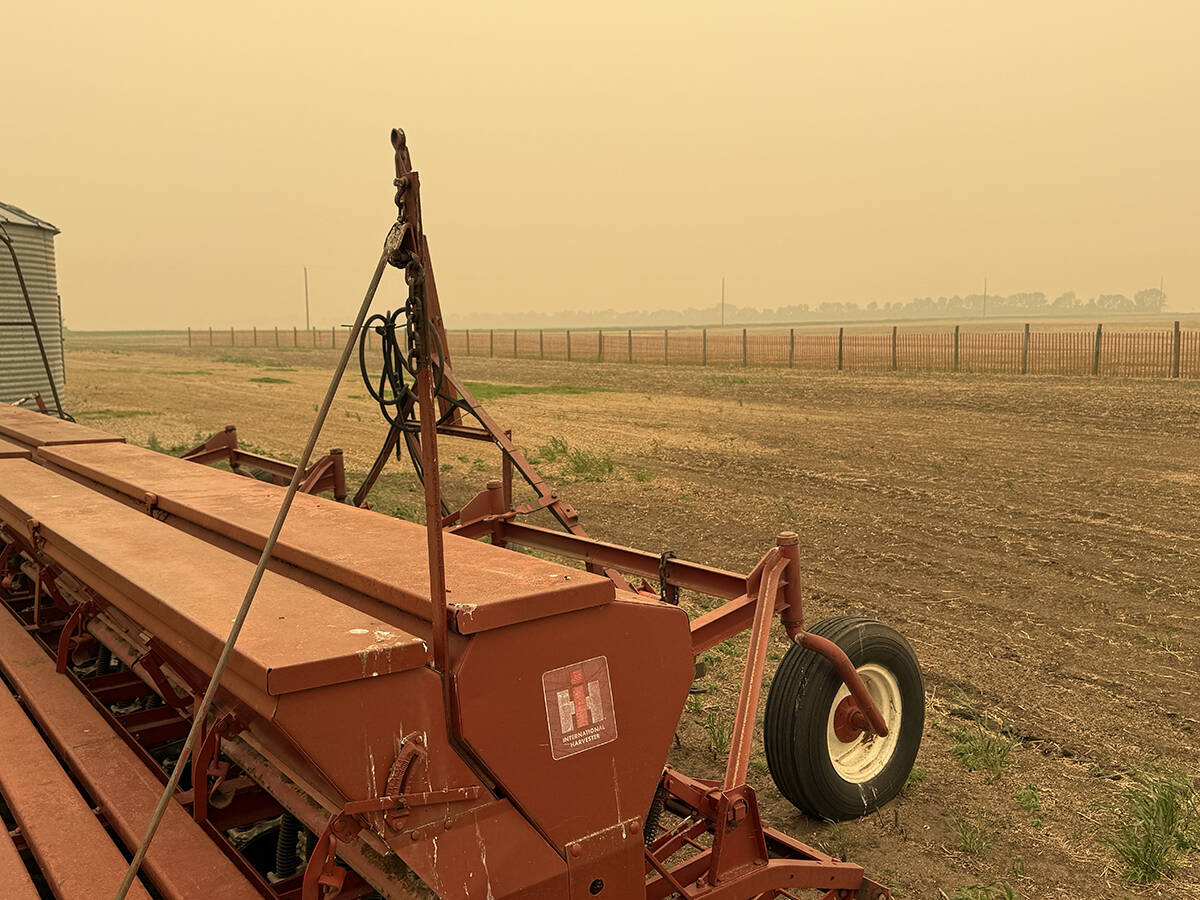If El Nino continues to stroke Manitoba there’s little chance of flooding this spring.
Manitoba Natural Resources based its first flood forecast for 1998 on soil moisture levels, depth of frost, snow accumulation, speed of melting and the amount and timing of spring rain.
Snow cover is generally less than half of what it was last year around tributaries leading into the Red River, while soil moisture is above average in the watershed because of heavy fall rains.
If good weather continues into March, snow will melt early and the Red River will remain well within its banks this spring. If weather turns bad very soon, there’s a one in 10 chance the Red River could rise within a few feet of 1996 levels.
Read Also

Wildfires have unexpected upside this year
One farmer feels smoke from nearby wildfires shrouded the July skies and protected his crop from the sun’s burning rays, resulting in more seeds per pod and more pods per plant.
Eastern tributaries of the Red River, including the Deadhorse Creek watershed near Morden, could see minor flooding if normal winter weather returns, bringing more snow.
But the Assiniboine River has little chance of overflowing this year. Natural Resources said even if there’s more snow into March, the river will stay within its banks.
In the Souris River watershed, the department predicts spring runoff will be minimal.
Part of southeastern Manitoba could see minor flooding if there is normal precipitation from now until April.
But flooding is unlikely in the Interlake, Dauphin, Westlake and The Pas regions because there’s near-normal soil moisture and less snow than usual.
Levels on Lake Winnipeg and Lake Manitoba should return to a desirable range after spring runoff.
Lake Winnipegosis is expected to rise very little and recede to near-normal levels by the fall if runoff is below average. Lake levels have been high for several years because of lots of moisture and a relatively small outlet channel.














